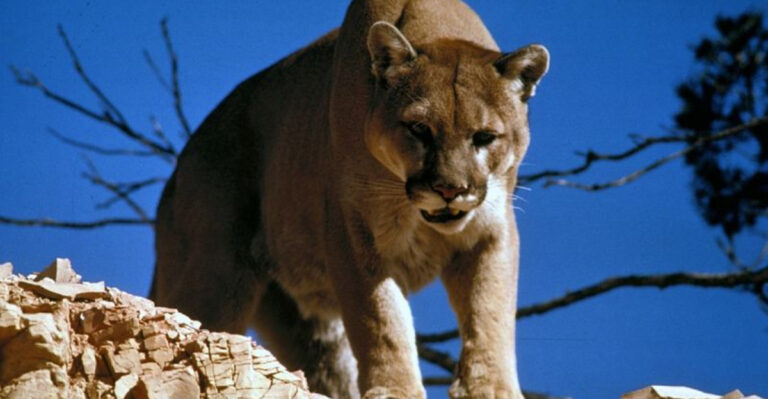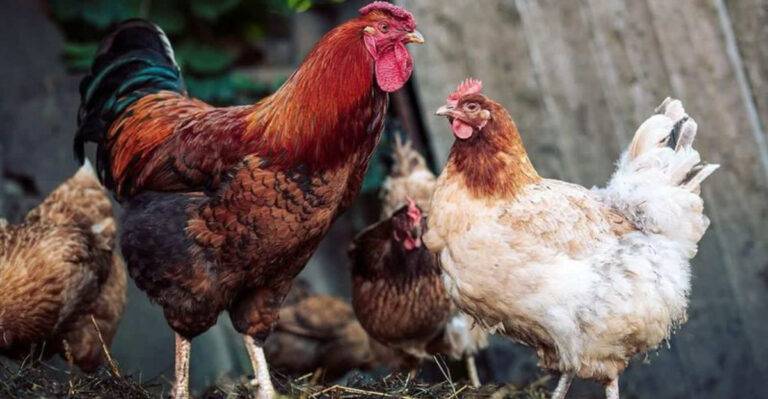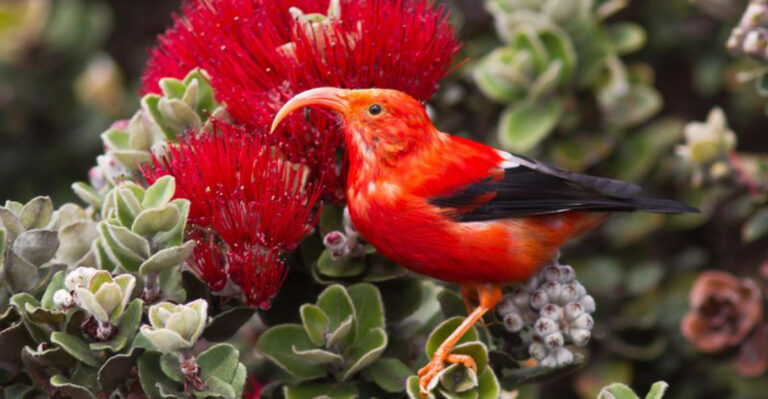How To Catch A Glimpse of Monarch Butterflies In Delaware This Summer?

Every summer, Delaware becomes a magical playground for monarch butterflies during their epic migration journey.
These orange and black beauties flutter through our state, creating breathtaking natural displays that anyone can enjoy.
Whether you’re a seasoned butterfly enthusiast or just looking for a fun outdoor activity with the family, spotting monarchs can be an unforgettable summer experience.
1. The Best Time And Places To Spot Monarch Butterflies In Delaware
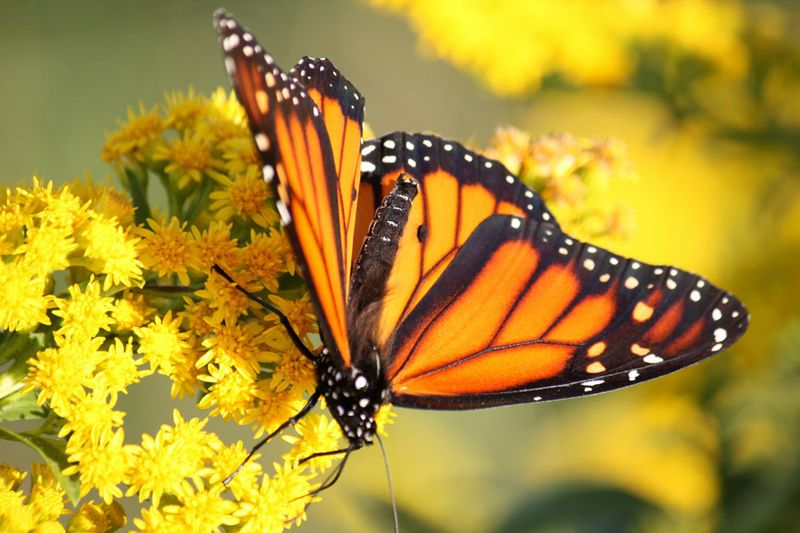
Mark your calendars for late July through September when monarch activity peaks in Delaware. During these months, the orange-winged travelers become most visible as they feed and prepare for their southern journey.
Early mornings and late afternoons offer prime viewing opportunities when butterflies are most active but not overheated. Bombay Hook National Wildlife Refuge near Smyrna and Cape Henlopen State Park in Lewes rank among the top viewing locations.
Sunny days following mild rain often trigger increased butterfly activity, making these perfect times to grab your binoculars and camera!
2. Where To Find Monarch Butterflies In Delaware’s Natural Habitats
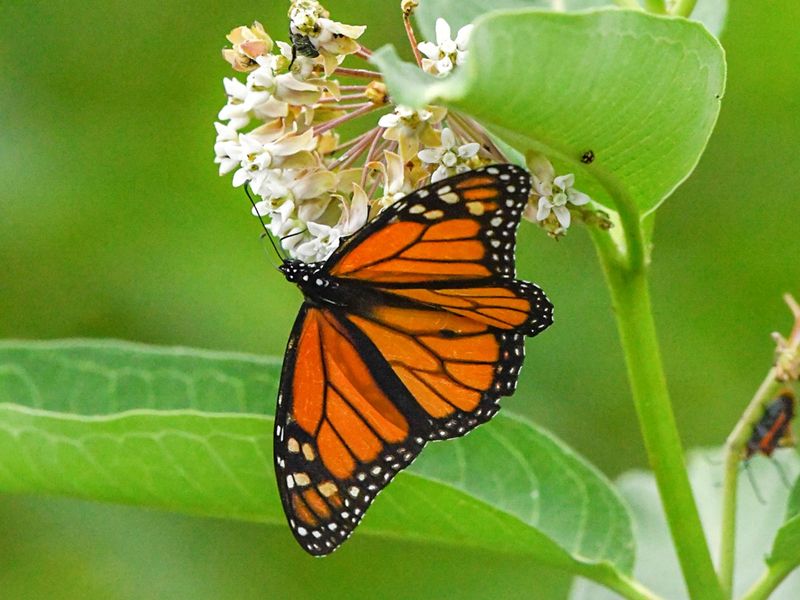
Meadows and open fields bursting with wildflowers serve as monarch magnets throughout Delaware. These butterflies especially love areas with abundant milkweed – their favorite plant for both feeding and laying eggs.
Coastal areas along Delaware Bay combine perfect conditions of mild temperatures and diverse plant life. Wetland edges where meadows meet marshes create butterfly highways during summer months.
Community gardens and restored prairies like those at White Clay Creek State Park offer excellent viewing opportunities. Remember that unsprayed, natural areas support the most butterflies, so seek out preserves and wildlife management areas.
3. Planning Your Monarch Butterfly Watching Adventure In Delaware

Successful butterfly watching requires minimal but important preparation. Pack essentials like water, sunscreen, insect repellent, and comfortable walking shoes for exploring Delaware’s butterfly hotspots.
Bring binoculars with close-focus capability and a camera with zoom lens to capture these delicate creatures without disturbing them. A pocket guidebook helps identify different butterfly species you’ll encounter alongside monarchs.
Check local nature center websites or Delaware’s Department of Natural Resources calendar for guided butterfly walks. These expert-led tours dramatically increase your chances of spotting monarchs while learning fascinating facts about their lives.
4. Essential Tips For Catching Monarch Butterflies In Delaware This Summer

Wear muted colors like tan, gray, or light green to blend into the environment – bright colors might startle butterflies away. Move slowly and deliberately when approaching butterfly-rich areas to avoid scaring these sensitive creatures.
Patience transforms butterfly watching from frustrating to magical. Sometimes standing still near nectar plants for 10-15 minutes yields better results than constantly moving around.
Visit the same location multiple times throughout summer to witness different stages of the monarch life cycle. Morning butterfly behavior differs from afternoon patterns, so varying your visiting times provides new discoveries each trip.
5. Why Delaware Is A Monarch Butterfly Hotspot In The Summer
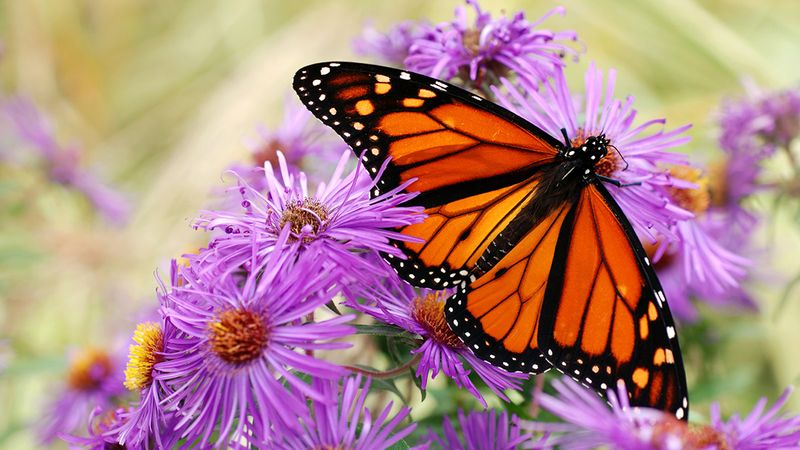
Delaware’s unique position along the Atlantic Flyway creates a perfect corridor for migrating monarchs. Our state’s mix of agricultural fields, preserved natural areas, and coastal habitats provides diverse feeding opportunities.
Summer temperatures in Delaware hit the sweet spot for monarch activity – warm enough for flight but not scorching hot. Many Delaware communities have embraced butterfly-friendly gardening practices, creating stepping-stone habitats throughout suburban areas.
Conservation efforts by state agencies have preserved critical milkweed stands that might otherwise have disappeared. The combination of these factors makes our small state surprisingly significant in the monarch’s epic journey.
6. Monarch Butterfly Migration: What You Need To Know For Delaware
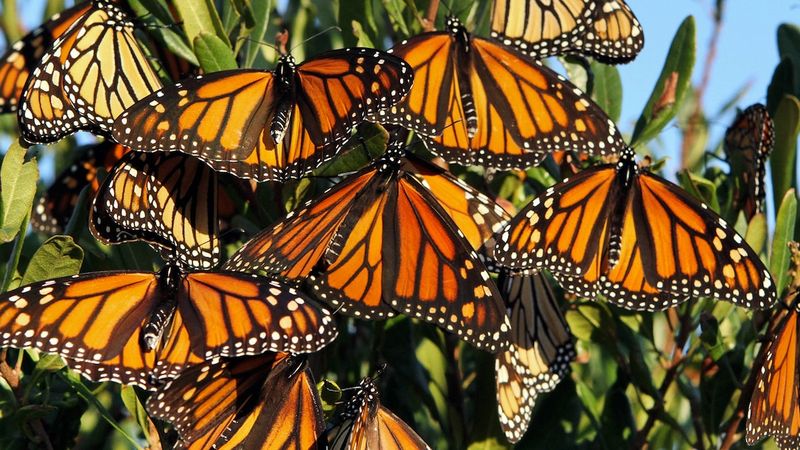
Monarchs passing through Delaware are part of an incredible 3,000-mile journey between Canada and Mexico. These seemingly fragile insects somehow navigate this enormous distance using internal compasses and environmental cues scientists still don’t fully understand.
Delaware serves as a crucial refueling station where monarchs build fat reserves for their long journey. During July and August, we see southbound butterflies, while May brings northbound travelers.
Each butterfly you spot represents the fourth or fifth generation from those that left Mexico the previous spring. This multi-generational relay race makes their appearance in our state even more remarkable!
7. Top Parks And Nature Reserves For Monarch Butterfly Sightings In Delaware
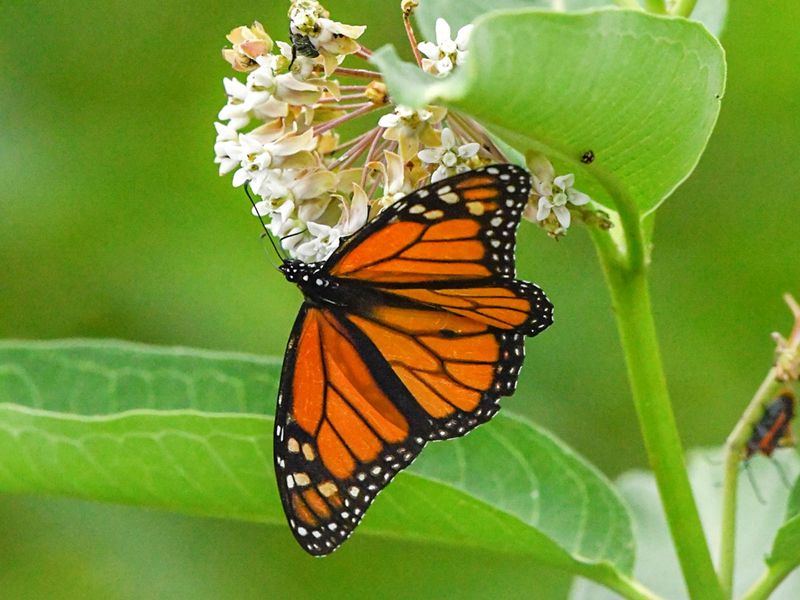
Prime View Park near Newark boasts specially designed butterfly gardens that attract hundreds of monarchs each summer. Rangers offer weekly butterfly walks perfect for families with young children.
Trap Pond State Park combines water features with meadow edges, creating diverse butterfly habitat. The boardwalk trail provides easy access for spotting monarchs without trampling their habitat.
Abbott’s Mill Nature Center maintains extensive milkweed plantings specifically for monarch conservation. Their butterfly house offers guaranteed sightings if wild spotting proves challenging. Don’t miss Delaware Seashore State Park, where coastal dunes support unique butterfly populations you won’t find inland.
8. What To Look For When Searching For Monarch Butterflies In Delaware
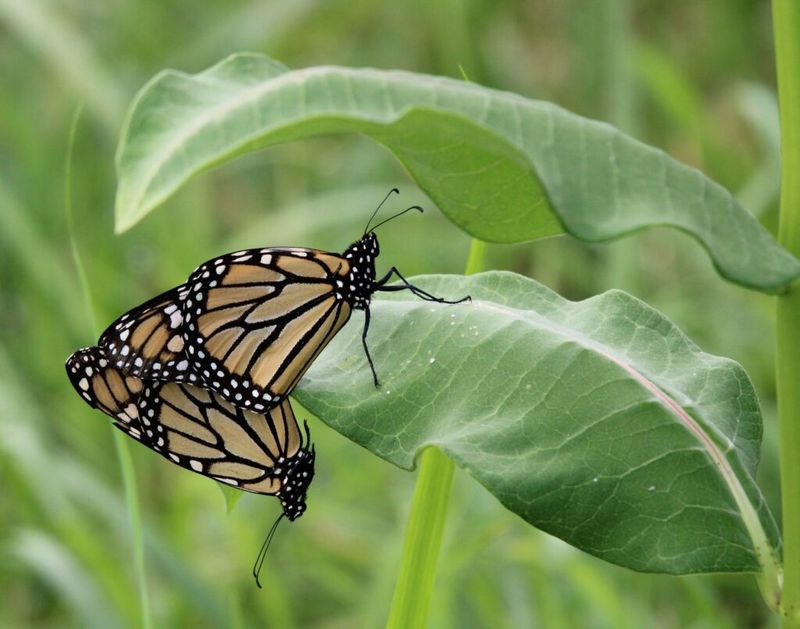
Scanning for flashes of orange among green foliage often reveals monarchs in flight. Their distinctive black-veined wings and approximately 4-inch wingspan make them larger than most other orange butterflies in Delaware.
Focus on milkweed patches – the only plant monarch caterpillars eat. The striped yellow, black and white caterpillars are often easier to spot than adult butterflies. Monarchs frequently gather in groups to roost overnight, so looking up into trees near meadows might reveal clusters.
Watch for their characteristic gliding flight pattern, which differs from the erratic movement of similar species. Morning dew sometimes temporarily grounds monarchs, making early visits ideal for close-up observations.
9. The Monarch Butterfly Journey: Follow Them Through Delaware This Summer
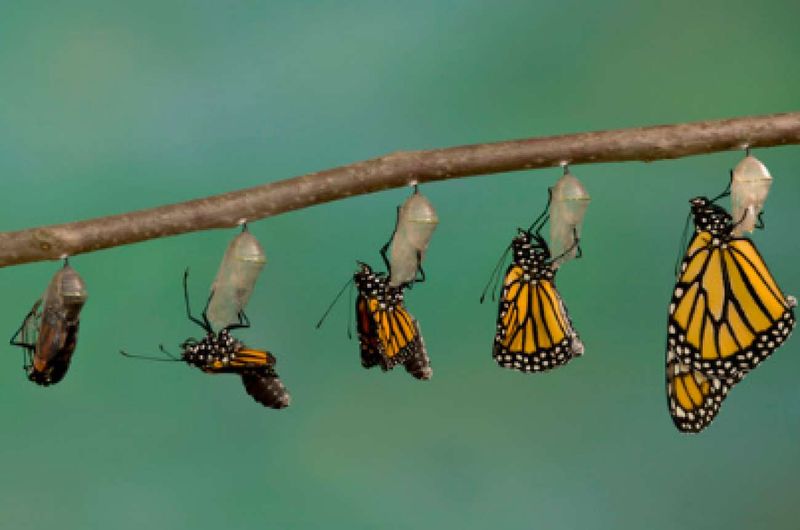
Monarchs arrive in Delaware having completed an astonishing journey that spans generations. Early summer brings the first wave – descendants of butterflies that left Mexico months earlier and reproduced in southern states.
July visitors can witness females laying tiny pearl-like eggs on milkweed plants. Return a week later to see tiny caterpillars munching milkweed leaves. By August, chrysalises hang like jade pendants from plant stems and structures.
Late August through September offers the most dramatic spectacle as newly-emerged butterflies fuel up on nectar before continuing south. This continuous cycle of arrival, reproduction, and departure makes summer-long monitoring especially rewarding.
10. How To Attract Monarch Butterflies To Your Garden In Delaware
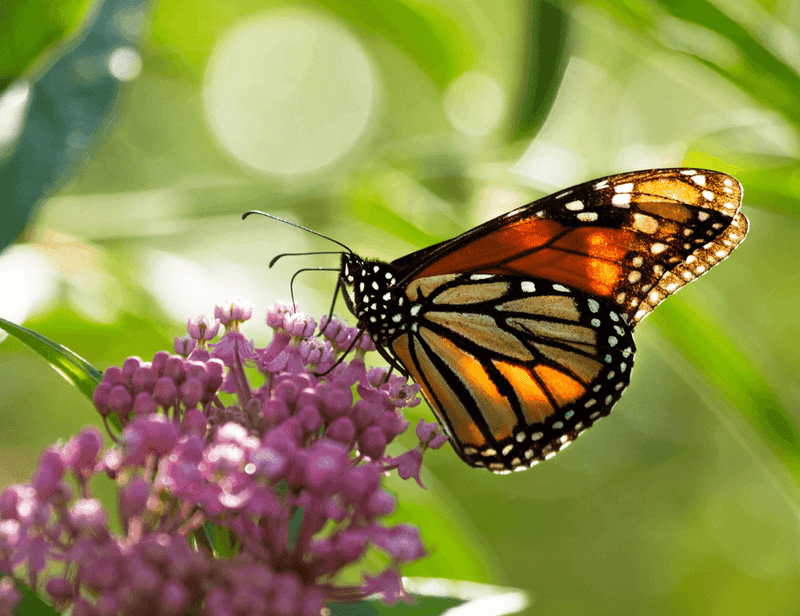
Creating a monarch haven starts with planting milkweed – the only plant monarch caterpillars can eat. Common milkweed, butterfly weed, and swamp milkweed all thrive in Delaware’s climate and provide perfect nurseries for baby monarchs.
Add nectar plants like coneflowers, zinnias, and black-eyed Susans to feed adult butterflies. Arrange your garden in sunny spots protected from strong winds, creating butterfly rest stops.
Eliminate pesticides completely – even organic ones can harm these delicate insects. Provide shallow water dishes with pebbles where butterflies can safely drink. Your garden can become an important link in the monarch migration highway across Delaware!
11. Delaware’s Role In Monarch Butterfly Conservation
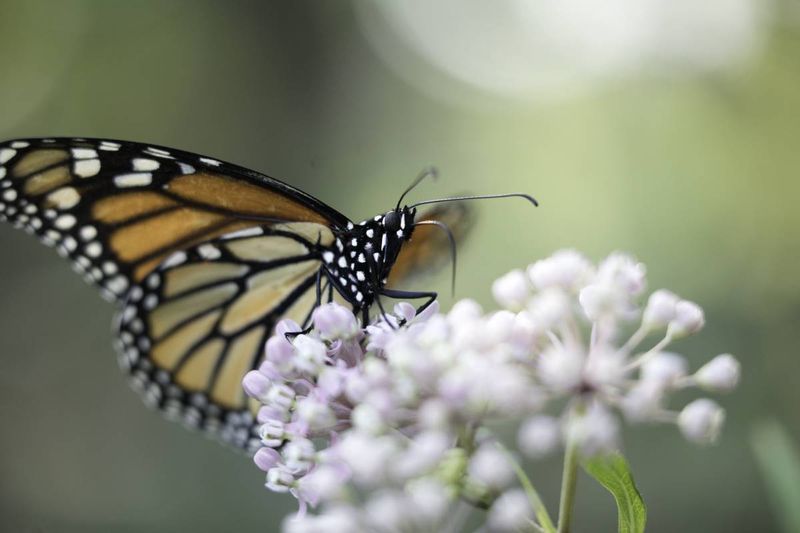
Delaware might be small, but our state plays an outsized role in monarch conservation. The Delaware Nature Society leads the charge with their “Monarch Highway” initiative, creating butterfly corridors across the state.
Local schools participate in monarch tagging programs, where students attach tiny identification stickers to butterflies’ wings. These tags help scientists track migration patterns and survival rates.
Community science projects invite everyday Delawareans to count and report monarch sightings. The Delaware Department of Transportation has modified roadside management practices to protect milkweed stands. Your observations this summer can contribute valuable data to these conservation efforts!
12. Exploring The Monarch Butterfly’s Summer Path Through Delaware
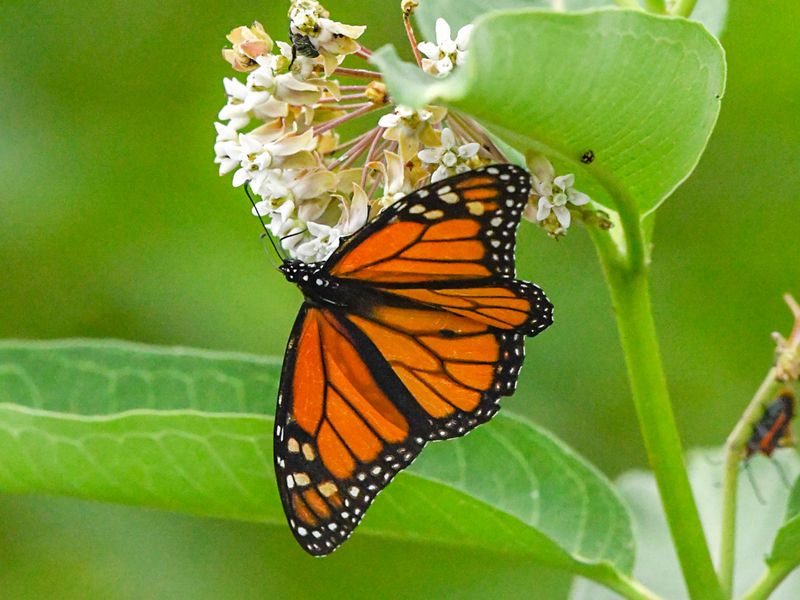
Monarchs follow predictable routes through Delaware, creating butterfly-watching opportunities for savvy observers. Coastal highways like Route 1 parallel butterfly movement patterns, with adjacent natural areas serving as refueling stops.
The Brandywine Valley becomes a monarch highway in late summer. Butterflies follow the creek’s path, taking advantage of the protected corridor with abundant flowering plants.
Western Delaware’s agricultural areas surprisingly support large monarch populations when farm edges maintain wildflower strips. The Delaware River’s meandering path creates another natural flyway, concentrating butterflies along its shores. Mapping these routes can help you position yourself for maximum monarch sightings!
13. Delaware’s Best Butterfly Trails: Where To See Monarchs This Season
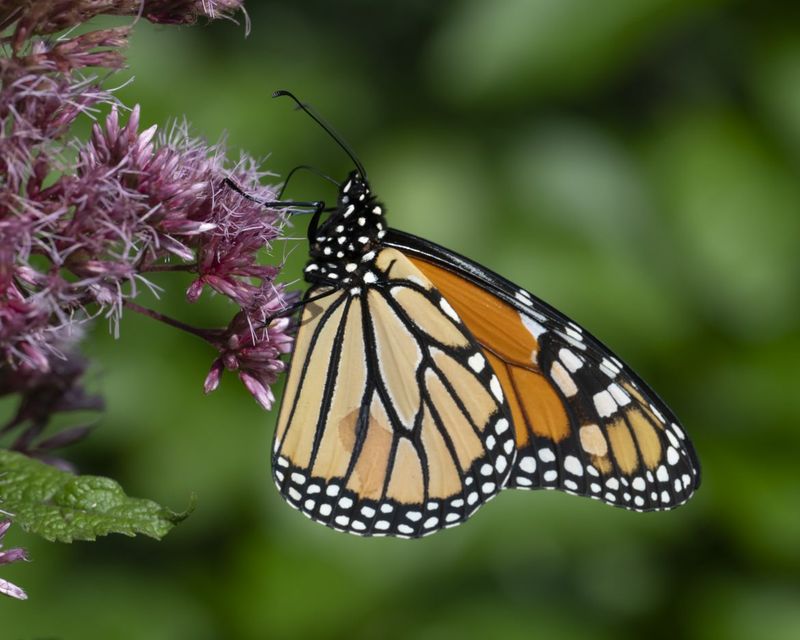
The Junction and Breakwater Trail near Lewes combines coastal views with butterfly-rich meadows. This flat, accessible 6-mile path features interpretive signs about monarch migration, especially designed for young explorers.
Ashland Nature Center’s Butterfly Trail winds through a carefully managed habitat with guaranteed monarch sightings in August. Their weekend butterfly walks include loaner binoculars and field guides.
Blackbird Creek Reserve features a newly developed Monarch Meadow Trail with observation platforms positioned for perfect butterfly photography. Don’t overlook urban options – Wilmington’s Brandywine Park butterfly garden attracts surprising numbers of monarchs despite its city location.



